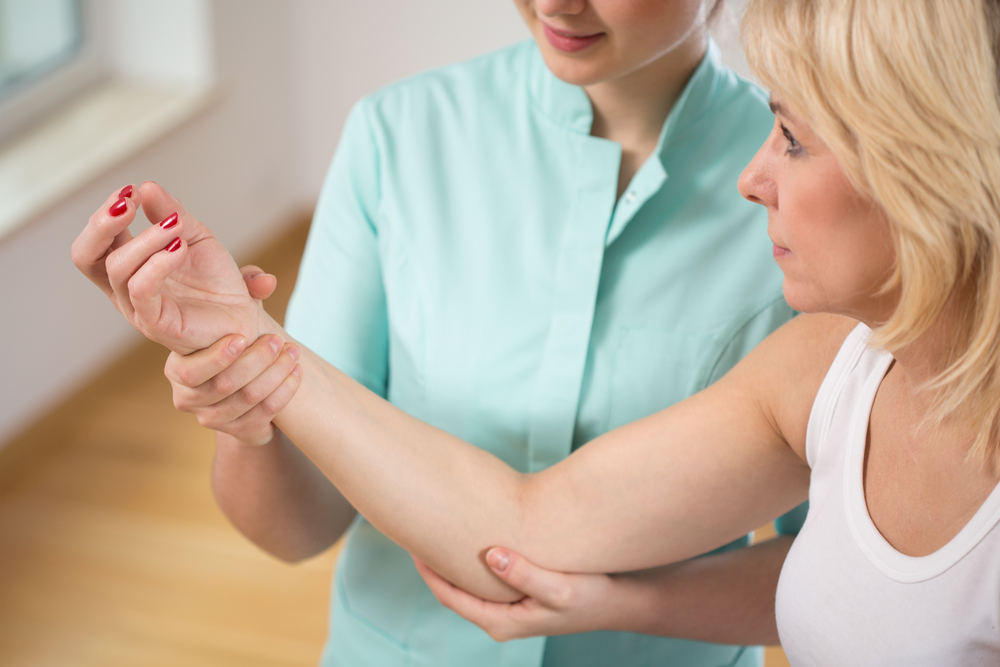Glove with Sensors Measures Spasticity More Accurately than Physicians

A multidisciplinary team at the University of California at San Diego has come up with a computerized glove used as a sensor to measure spasticity, or stiffness, in the limbs of patients with multiple sclerosis, cerebral palsy, and stroke.
The system is more accurate than physicians’ assessments of spasticity through touching, but still needs work, the team said.
Experts in signal processing, robotics, printable electronics, neurosciences and medicine teamed up to develop the device, which will allow doctors to adjust medication to meet patients’ spasticity needs.
Inaccurate measurements of spasticity can lead to patients receiving too little or too much medication for spasticity. This can mean ineffective treatment on the one hand. Or, on the other hand, it can mean money wasted on high doses of medication that are not needed, or even overdoses.
Physicians assess spasticity on the basis of how much resistance they feel when moving a patient’s limbs. They rate the resistance on the Modified Ashworth Scale (MAS), a simple measure of spasticity.
Results for the same patient can vary greatly from one physician to the next. The goal of using a glove with sensors is to have an objective, accurate, and consistent measure of spasticity.
A doctor wears the glove, which is a regular sports glove with over 300 pressure sensors taped to the palm. The sensors are connected to a computer that calculates the amount of power needed to move a limb. The more power needed, the greater the spasticity.
In an initial study, two physicians assessed spasticity in five cerebral palsy patients by feeling resistance in the flexing and extending of patients’ arms and legs. The physicians provided their own spasticity ratings using MAS, without knowing the readings from the glove.
Only 27 percent of their spasticity ratings agreed with each other.
The glove was also tested with a robotic system called a mock patient. That system consists of an artificial arm that can be moved up and down and set to different levels of arm motion resistance.
The arm has sensors that measure the amount of power needed to move it accurately. The power measured to move the mock patient arm was compared with the power the glove measured. Researchers found that the mock patient results agreed with the glove results in 64% of cases.
“This number needs to be higher if we want to deploy our system for use in the hospital, but it shows better consistency than existing spasticity assessments,” Harinath Garudadri, a research scientist at the university’s Qualcomm Institute and the project’s lead investigator, said in a UC San Diego news release by Liezel Labios.
“Many clinical exams and procedures are very subjective and rely on measurements that are done with a physician’s hands,” said Andrew Skalsky, director of the division of Rehabilitation Medicine at Rady Children’s Hospital. “We often make major medical decisions and diagnoses based on touch and feel. With this technology, we can start to develop objective measurements for subjective processes.”
The team is in the process of trying to optimize the computerized glove’s measurements. It believes the technology can also be applied to other procedures that rely on a doctor’s touch and feel to assess a patient’s condition. These include physical therapy, monitoring of spine health, and assessing the severity of hip dislocation in infants.
For more information about the technology, check out the UC San Diego video below.






